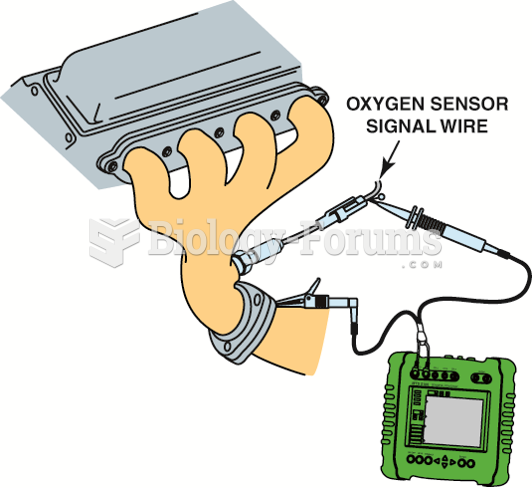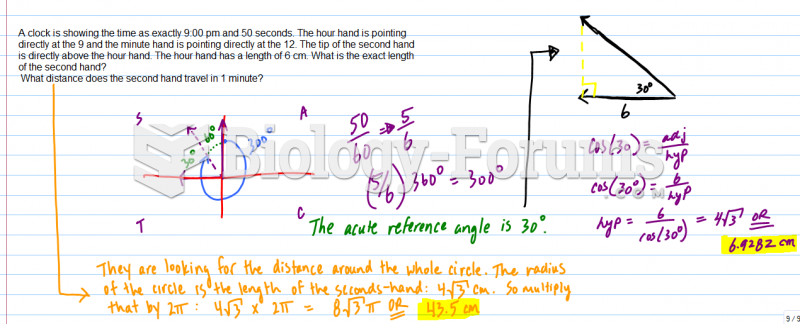This topic contains a solution. Click here to go to the answer
|
|
|
Did you know?
More than nineteen million Americans carry the factor V gene that causes blood clots, pulmonary embolism, and heart disease.
Did you know?
If you could remove all of your skin, it would weigh up to 5 pounds.
Did you know?
The longest a person has survived after a heart transplant is 24 years.
Did you know?
As many as 20% of Americans have been infected by the fungus known as Histoplasmosis. While most people are asymptomatic or only have slight symptoms, infection can progress to a rapid and potentially fatal superinfection.
Did you know?
On average, the stomach produces 2 L of hydrochloric acid per day.







